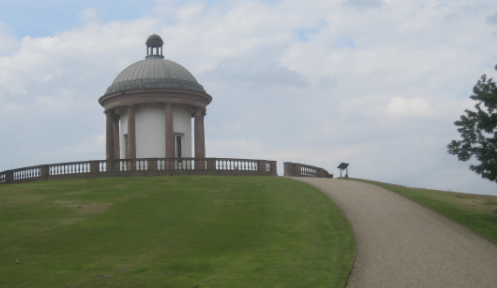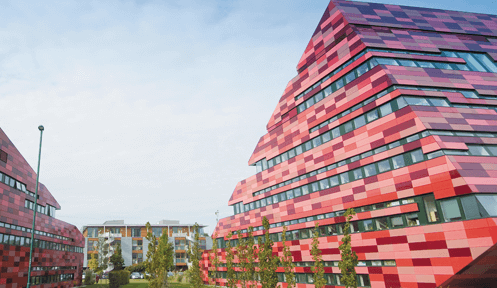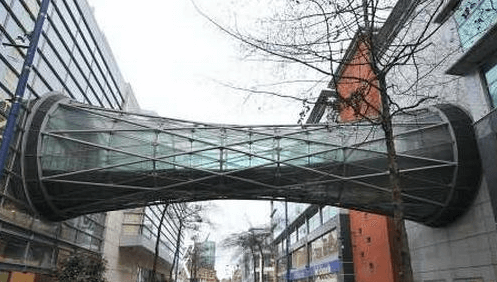Most Famous Buildings in London and Their Architects

London is home to some of the world's most famous buildings, old and new. Famous for both ancient structures and brand new, contemporary designs, England's capital city has a wealth of architecture to catch the eye and to dazzle the tourist. Each year, more than 17 million visitors come from all over the globe to see the city's amazing architecture, from the historic buildings of the past like the Tower of London and Buckingham Palace to modern constructions with cutting edge designs like The Gherkin and The Shard. London's unique architectural landscape was created by a fascinating mix of talented and creative architects across the ages, and so here we look at some of the most influential architects who have helped to shape the London we know and love today.
St Paul's Cathedral – Christopher Wren

One of London's most iconic structures is St Paul's Cathedral, possibly most famous as the place where Prince Charles and Lady Diana got married. Its architect, Sir Christopher Wren, is known for his beautiful buildings from England to America, however this place of worship is one of his most famous creations. Wren was born in 1632 and was not only an architect, he was also an astronomer, physicist and a founding member of the Royal Society. His work on St Paul's took up a great portion of his career – an impressive 37 years.
The Shard – Renzo Piano

One of the most recognisable buildings on the London skyline is The Shard, the tallest skyscraper in Europe. Its architect, Renzo Piano, was ranked among the world's top 100 most influential people in 2006 by Time Magazine, and indeed he is well known for a plethora of stunning designs and buildings, including such illustrious names as the Georges Pompidou Centre in Paris and Manhattan's New York Times Building. The Shard is one of London's most popular buildings with the locals, who regularly frequent its viewing platform on the 69th floor and its 13th floor restaurant.
The Houses of Parliament – Sir Charles Barry
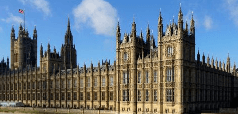
While the Houses of Parliament have existed since the Medieval Period in one form or another, a fire in 1834 burned down these early buildings. Sir Charles Barry was awarded the opportunity to recreate the Palace of Westminster in the Gothic style and, in conjunction with Augustus Pugin, his partner, he created and designed the building that we can still see standing today. Completed back in 1870, the Houses of Parliament are still in regular use and are a recognisable landmark by the River Thames.
The Gherkin – Norman Foster
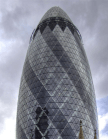
Norman Foster is the man behind many of London's famous modern buildings, but The Gherkin is the most iconic. Foster developed an interest in design and engineering at a young age and later formed his company, Foster & Partners, which was responsible for building not only the London Gherkin, but also the updated Wembley Stadium, London's Millennium Bridge and the German Reichstag.
The National Theatre – Denys Lasdun

One of London's most controversial structures, London's National Theatre sits on the south bank of the Thames and is a reflection of “brutalist” and modernist architecture. Its creator, Denys Lasdun was born in 1914 and served in the military during the 2nd World War. It was only later that he developed an interest in architecture, going to work for a company called Tecton. He became fascinated with the Cubist style which used angles, abstract shapes and concrete to create unusual looking structures, and during the 1960s, he designed the cluster blocks in Bethnal Green and the Grade I listed Royal College of Physicians.
Regent Street Buildings – John Nash

Nash was one of the most prominent architects in Georgian England and is credited with redesigning the majority of the city that is known and loved today including the iconic royal residence Buckingham Palace. Nash was born in 1752 in the city of London and lived there for the majority of his life. He led the Picturesque architectural movement and during a career that spanned 50 years, he created such well known London landmarks as St James' Park, Piccadilly Circus and Regent Street with its signature curve.
Claridge's – Basil Ionides
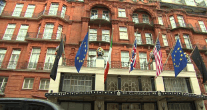
One of Mayfair's most well known buildings, Claridge's, was designed by the architect Basil Ionides, who may not be one of history's best known designers, but who nevertheless was pioneering in the Art Deco movement which was so influential during the 1920's. Ionides was born in Scotland and served during the First World War as a seaman before marrying the 1st Viscount Bearsted's daughter. His architectural work defined London's Art Deco movement and his work on the Savoy Hotel, Savoy Theatre, Kaspar and Claridge's has marked him out as one of London's top architects in history.


